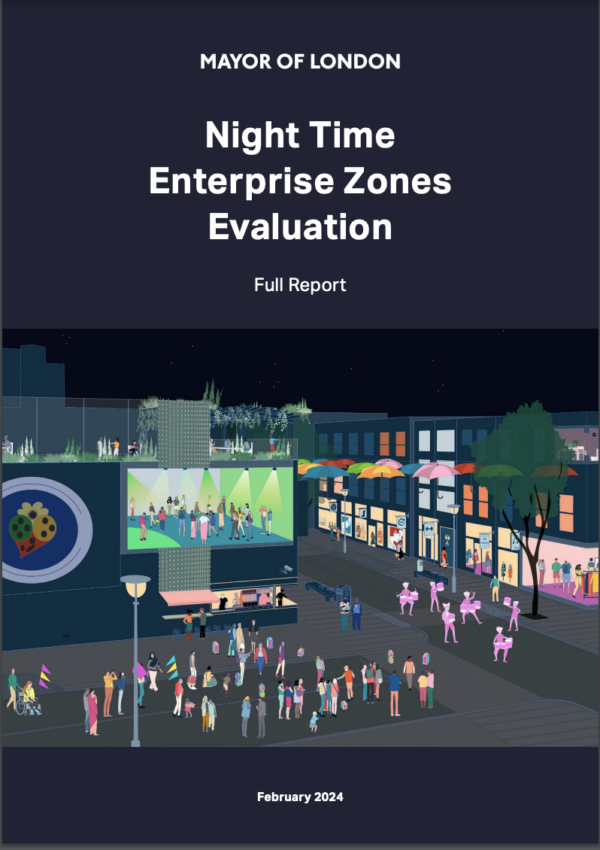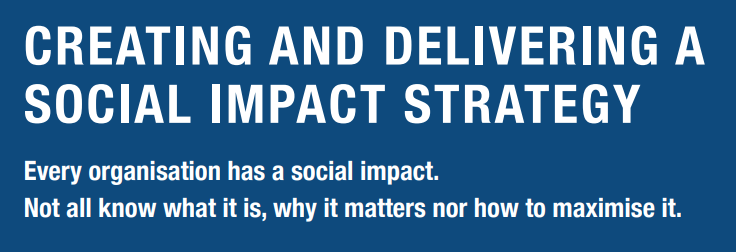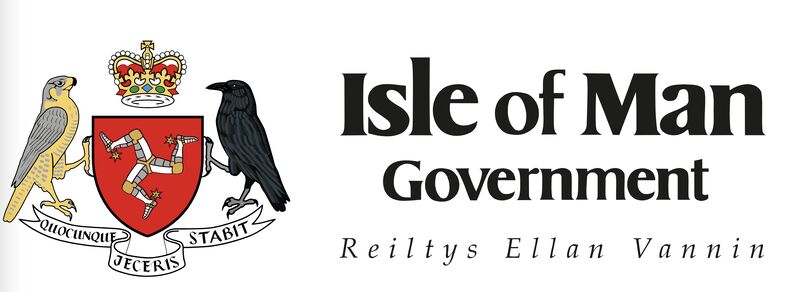
Who is leading change in your organisation – technology, data or people?
The answer should be people leading change empowered by technology and data. The reality is that in many organisations people are not sufficiently skilled to harness the power of technology or data to make decisions. Interpretation of data and being able to communicate it as a compelling story to others is a skill which many cannot do, have not been trained to do or lack the confidence to change what they have been doing for many years where data and technology was of little relevance.
Every day you read in the paper about data be it economic forecasts, data breaches, company results or medical science. Data is everywhere and it is reported that 90% of the world’s data was created in the last two years alone. Companies are no different where the volume of data has increased exponentially but I would argue that the value it should bring to many is not realised both in terms of internal use or external monetisation.
Understanding and optimising your data assets must be at the heart of every business.
Beyond skill issues there are a number of other issues that commonly exist within companies and that is the lack of integration of company wide data assets. Data sits in separate teams within separate departments and rarely is anyone in the business aware of:
- All of the data assets their company has
- Their use within the business
- Their cost
- Their currency or comprehensiveness
- Their value

Large corporates increasingly add new Chiefs to their teams – Chief Marketing Officer, Chief Technology Officer, Chief Customer Officer and more recently Chief Data Officer (CDO). A CDO is defined as;
‘A chief data officer (CDO) is a corporate officer responsible for enterprise wide governance and utilization of information as an asset, via data processing, analysis, data mining, information trading and other means. CDOs report mainly to the chief executive officer (CEO).’
Employment of such a senior role at the heart of the business and that has remit across all departments can then lead to internal conflicts from the traditional organisational structures many have grown accustomed to so organisational and cultural change needs to be part of the change.
Last week I attended a very interesting lecture at University College London by Alberto Cairo who is the Knight Chair in Visual Journalism at the School of Communication of the University of Miami. His lecture was titled ‘Visual Trumpery – How charts lie and how they can make us smarter.’ In this instance it is not a reference to Donald Trump but the 15th century English word which means to ‘deceive’ or be ‘worthless nonsense’.
With so much data in our world the ability to understand and indeed challenge the data presented is critical but how many of us are able to do this and how have we learnt to do it? As with everything in life the smarter the person or technology the easier it is for them to deceive.
How much of the data and charts you see every day do you really understand?
The power of charts to illustrate thousands and even millions of data points is critical especially in the world of big data. Alberto showed the chart below which looks at estimates of global temperatures for 1,000 years and if you saw the spreadsheet that fed into this chart you would not easily find out what the trend was but as you can see this chart is both compelling and frightening!

Another interesting set of maps that were shown were based on Donald Trump’s interpretation of the 2016 Presidential election. As we all know he (Republican) won the Presidential race against Hilary Clinton (Democrat) but in terms of the Popular Vote then Trump received 46.1% of the vote and Clinton 48.2% BUT as you will see below the Trump team published a map supposedly portraying voting prefernces by County level which gives you this view of the result!

However when you then map one vote one dot as Kenneth Field did then you get this;

Very different pictorial representations of the same event and illustrates the need to know and understand the data you are looking at – what is the message it is trying to give you and is it accurate?
So when it comes to the data you look at are you subject to Trumpery from within or are you one of the very few companies out there that has understood how to capture, aggregate, analyse and visualise the data to drive your business better and faster? Whichever you are the Didobi team would love to hear from you as to see how you did it or advise how it can be done.
Let data and technology increase your competitive advantage and not let it stifle and confuse.






Leave a comment: